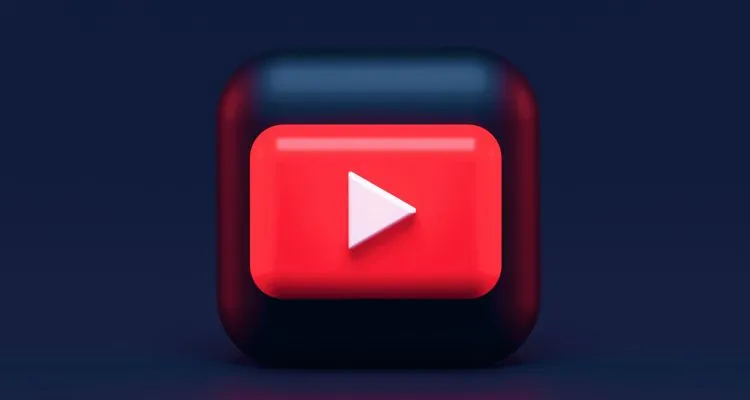YouTube Go, an app providing offline video access, will be shutting down in August. Designed with users with intermittent internet access in mind, YouTube Go received more than 500 million downloads in its six years of life.
Launched in 2016 as part of Google’s “next billion users” growth plan, the “Go”-brand of apps targeted low-end devices with limited access to the internet in markets such as India.
The app allowed users to download YouTube videos for offline viewing. If you didn’t have access to the internet at home, you could visit a place with an internet connection and download videos to watch later. The app could also create a network between two YouTube Go devices, allowing for speedy (DRM-protected) file transfers without the internet.
The company’s plan to phase out YouTube Go comes after YouTube Premium launched in India in 2019, with the company intending to push the use of the main YouTube app aggressively.
“YouTube has invested in improvements to the main YouTube app while also delivering a better user experience which is inclusive of our entire community,” the company stated. “Specifically, we have improved performance for entry-level devices or those that watch YouTube on slower networks. We’re also building out additional user controls that help to decrease mobile data usage for viewers with limited data – so stay tuned for more updates!”
Locked behind the YouTube Premium paywall, the ability to download videos for offline viewing is available on the main YouTube app. While YouTube Premium carries a $12 a month price tag in the US, in India the program is just 129 rupees per month, or about $1.69.
The transition to the primary YouTube app should be positive for most users, as many basic features are not available on YouTube Go, such as the ability to post, comment, or use the dark theme.
Other “Go”-variant apps remain available with no known plan for discontinuation, including Google Assistant, Google Search, Maps, Gmail, and Gallery. The death of YouTube Go raises the question of whether other “Go”-variants will disappear in the future, given Google’s long history of killing both its original apps and those it has acquired.

